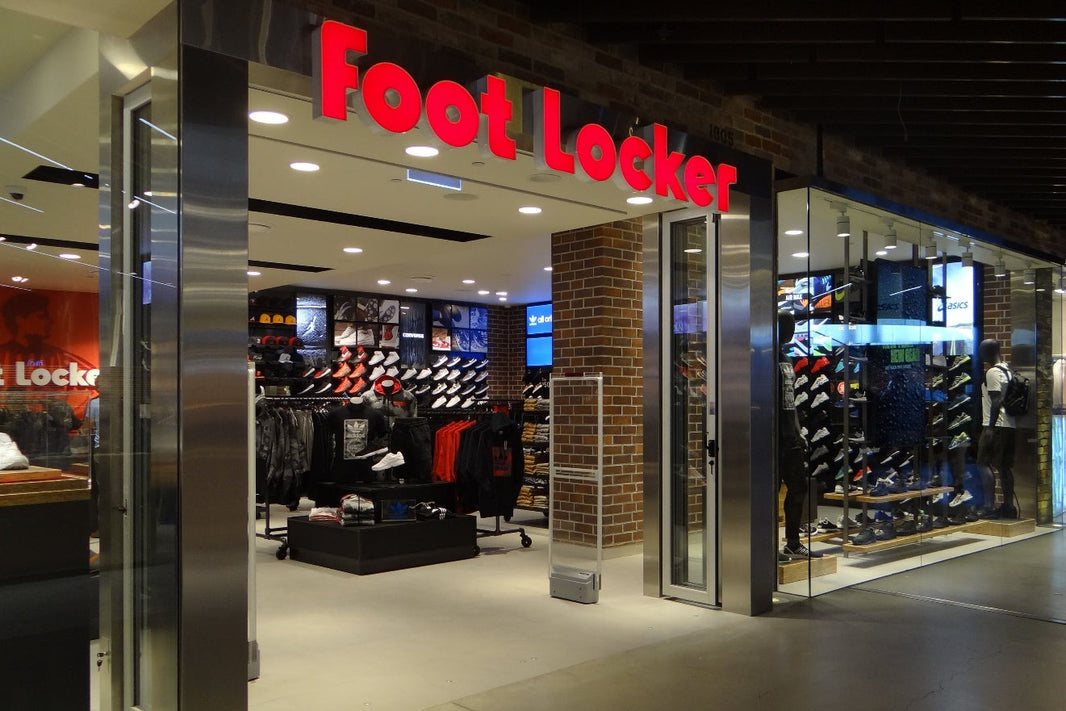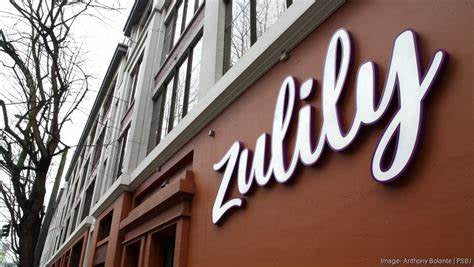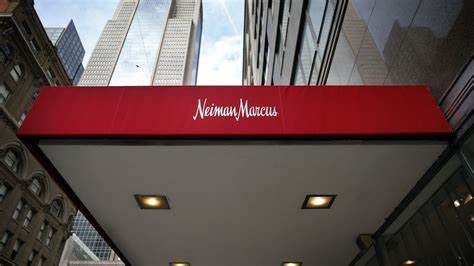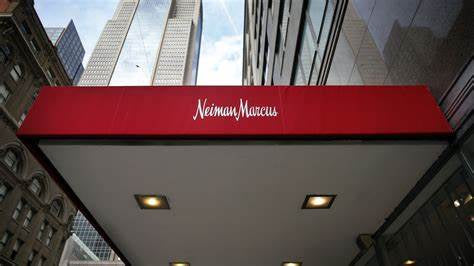Forever 21, a once-dominant name in fast fashion, is undergoing a major overhaul as it announces the layoffs of nearly 700 employees and the closure of its headquarters and several stores. This decision, driven by its operating company under Catalyst Brands, reflects a broader effort to cut costs and adapt to a challenging retail environment. Below, we explore the details of these layoffs, the store closures, and the underlying factors shaping Forever 21’s future.
Massive Layoffs and Headquarters Shutdown
Forever 21’s operating company is slashing nearly 700 jobs across California and Pennsylvania, as outlined in Worker Adjustment and Retraining Notification (WARN) notices recently submitted to state authorities. Over half of these layoffs—more than 350 employees—affect workers at the company’s Los Angeles headquarters, which is set to close permanently. The remaining job cuts will hit employees at nine stores in these two states, all of which are slated for permanent closure in the coming weeks.
In an email response to inquiries, a spokesperson for Forever 21’s operating company, which licenses the brand for U.S. operations, explained, “We are actively exploring strategic options while also focusing on reducing operational costs and optimizing our store network.” This move signals a significant downsizing effort as the retailer grapples with financial and market pressures.
Catalyst Brands: The Force Behind Forever 21
Catalyst Brands, the entity overseeing Forever 21’s operations, is a joint venture between Sparc Group and J.C. Penney. It manages a portfolio of well-known retail brands, including J.C. Penney, Aéropostale, Brooks Brothers, Eddie Bauer, Nautica, Lucky Brand, and Forever 21. The intellectual property of these brands is owned wholly or in part by Authentic Brands Group, while Catalyst’s ownership includes major players like mall operators Simon Property Group and Brookfield, Authentic Brands Group, and fast-fashion powerhouse Shein.
Catalyst Brands has been trimming its operations recently, with approximately 250 employees let go last month. Earlier this year, the company offloaded its Reebok operations and signaled it was evaluating strategic possibilities for Forever 21. These steps highlight Catalyst’s attempts to streamline its business amid a turbulent retail climate.
A Struggling Retail Giant
Forever 21’s woes are emblematic of broader struggles within the retail sector. Five years ago, Simon Property Group, Brookfield, and Authentic Brands Group purchased the fast-fashion chain out of bankruptcy for $81 million. At the time, the acquisition seemed promising, but Authentic CEO Jamie Salter has since labeled it “probably the biggest mistake I made,” underscoring the difficulties in reviving the brand.
The retail landscape has shifted dramatically, with online competitors like Shein and Temu capturing market share through low prices and expansive digital offerings. Meanwhile, Forever 21’s large physical stores—some as big as 40,000 square feet—have become costly liabilities in an e-commerce-driven era. Simon Property Group, a key stakeholder, has also faced setbacks, divesting its stake in Authentic Brands and watching its retail investments, including J.C. Penney and Catalyst, decline steadily.
The Road Ahead for Forever 21
As Forever 21 faces these layoffs and store closures, its future hangs in the balance. Catalyst Brands continues to explore strategic options, which could range from a potential sale to a restructuring of operations. While the company has not confirmed a bankruptcy filing, reports suggest it may be preparing to close at least 200 stores as part of a possible Chapter 11 process, with some locations already launching closeout sales.
Despite these challenges, Authentic Brands Group plans to keep Forever 21’s intellectual property alive by licensing it to other retailers and distributors, even if the U.S. operating company faces liquidation. For the brand to thrive, it will need to pivot—potentially by boosting its online presence, embracing innovative strategies, or forging new partnerships to stay competitive in the fast-fashion arena.
Why This Matters
The layoffs of nearly 700 employees and the closure of Forever 21’s headquarters and stores mark a pivotal moment for the retailer. Once a go-to destination for trendy, affordable clothing, Forever 21 now faces an uphill battle to reclaim its relevance. As Catalyst Brands navigates these changes, the retail industry watches closely to see if this iconic brand can adapt or if it will fade into the growing list of struggling brick-and-mortar chains.






